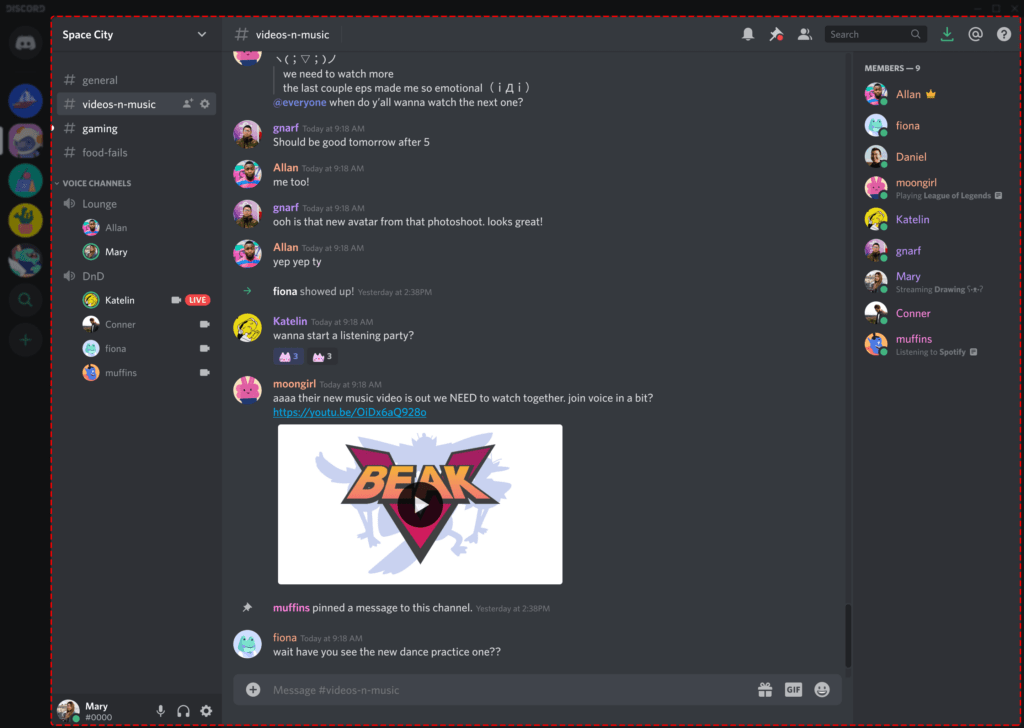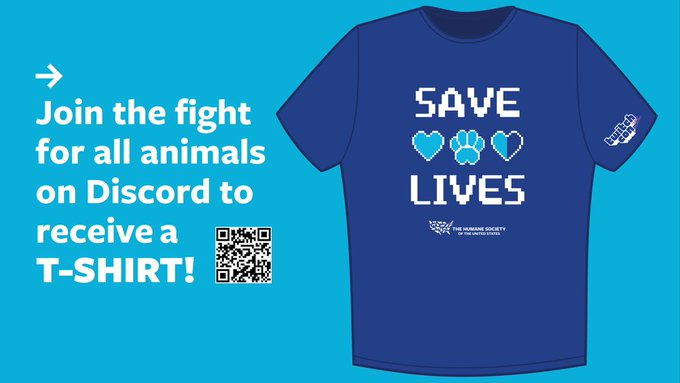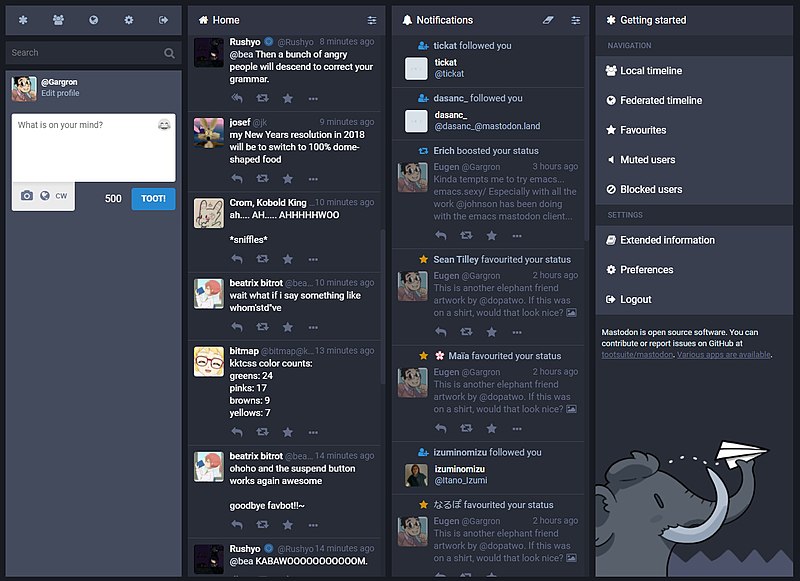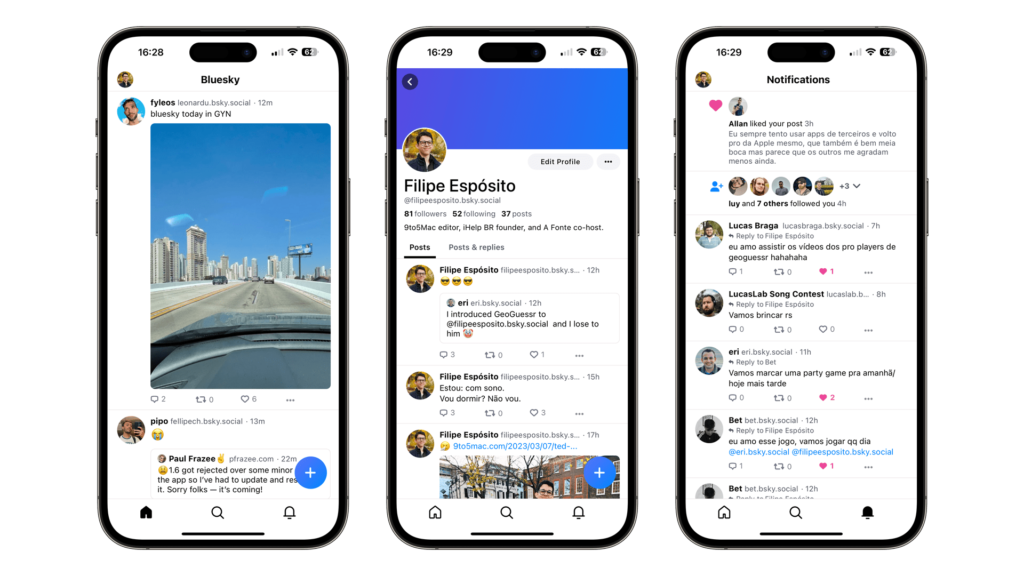Twitter has had a pretty tumultuous year. It’s hard not to look away from the chaos and wonder what will happen next. Many nonprofits and cause-based organizations have found themselves asking if it’s still worth maintaining a presence on the social media platform.

Numerous higher-ups have been quick to leave the company, while other troubles have unfolded in public. Following a push to let users pay a monthly fee for blue checkmark certification, fake accounts posing as companies and celebrities flooded Twitter, stoking confusion and even impacting the stock market. Organizations and businesses are wary to spend on Twitter advertising as ads have been appearing next to some questionable places.
Regardless of whether or not the dust settles at Twitter, the whole situation is another reminder that social media, though a great way to promote meaningful content to relevant audiences, can also be impermanent and even toxic. In particular, it can foment screen addiction, polarization, and extremism.
That doesn’t mean social media needs to be taken as a necessary evil. In some cases, it can align with the progressive values of mission-driven organizations.
For nonprofits who want to build community engagement in a manner that’s sustainable, compassionate, and grounded in social justice, now is the time to consider alternatives to Twitter—and with that, why not include Facebook and Instagram in the mix?
Here are three underrated platforms where nonprofits can take their community engagement and growth strategies to the next level.
Discord

This platform will look familiar to anyone who works in a professional setting because the interface is nearly identical to Slack. On Discord, you can send private DMs, share content in hashtag-themed channels, and hold video calls.
The main difference between the two is that Discord is better suited for community gathering. Think of it as Slack if it felt more like a town square and had more of the video-hosting functionalities of Zoom.

It’s great for hosting livestreams, staying in conversation with stakeholders, and sharing calls to action for fundraising that would otherwise get lost in the feed on either Twitter or Facebook. To instantly notify all members, simply add the handle “@channel” into the text of your posts.
Head over to Discord’s blog to learn how to start a server for your organization.
Mastodon

If you’re wondering where users who have departed from Twitter are flocking to next, chances are it’s Mastodon. Within the first few weeks of November, over 640,000 new users joined the free-to-use social media service. How come?
Mastodon launched in 2016 to compete with Twitter. You can publish, like, and share posts and follow different users. But Mastodon stands apart because, as with Discord, it’s a technology for creating and/or joining servers. This alleviates endless scrolling because content feeds on Mastodon have a finite beginning and end.
What’s more, you can define the server’s guidelines to ensure community safety and wellbeing, especially for community members from marginalized backgrounds who are more likely to face harassment on Twitter and Facebook.
Interested in migrating to Mastodon but don’t want to delete your Twitter account? Try the mobile client app Twidere, which allows you to integrate your Twitter feed into your Mastodon server.
Bluesky Social

Bluesky, which originally spun out of Twitter, shows promise of becoming a burgeoning social platform. It’s designed to provide users with a decentralized and open-source experience.
Similar to Mastodon, the platform allows users to create and join communities, follow other users, and engage in conversations with a focus on privacy and control over their data. However, there are some key differences. Bluesky is invite-only, so you’ll need to know someone who’s already on the platform in order to secure an invitation to join. In terms of user experience, Bluesky does have a cleaner interface than Mastodon, which is conducive to winning over new supporters and advocates as they want a frictionless engagement experience.
Bluesky’s current userbase is composed of consumers and media outlets. Not many businesses or nonprofits have entered this space, which makes it completely uncharted territory as well as an exciting prospect to directly reach your audience.
Your organization is on the ground building community and raising awareness for extremely important issues. We hope these platforms help you raise more money and win more campaigns as you find creative ways to work them into your 2023 digital marketing strategy.
Sound Exciting?
Request a demo today and one of our team will be in touch with additional information about how Engaging Networks can help you raise more money and win more campaigns.